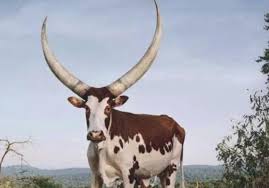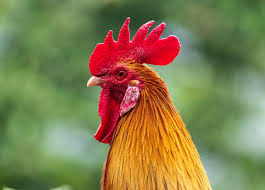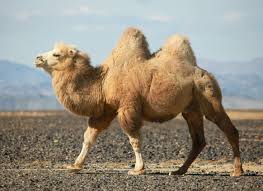Amoxicillin + Clavulanate Potassium Suspension
Name:
Amoxicillin + Clavulanate Potassium Suspension
Common Content: 14% Amoxicillin + 3.5% Clavulanate Potassium
Common Capacity: 10ml, 20ml, 50ml, 100ml per bottle
Applicable Animals:
Companion animals: Dogs, cats, rabbits, ferrets
Livestock: Cattle, swine, sheep, goats, horses, camels, alpacas, llamas
Poultry: Chickens, turkeys, ducks, geese, quail
Aquaculture: Fish species commonly raised in veterinary practice
Other: Rodents (guinea pigs, hamsters), reptiles in veterinary care
Dosage and Administration:
Dogs & Cats
Puppies/kittens (weaning weight): 10-12 mg amoxicillin/kg body weight twice daily (oral)
Adult: 12.5-25 mg amoxicillin/kg body weight twice daily (oral)
Swine, Cattle, Sheep, Goats
Piglets/Lambs/Kids: 10-20 mg amoxicillin/kg body weight twice daily (oral)
Adult: 10-20 mg amoxicillin/kg body weight twice daily (oral)
Poultry
Broilers/Chicks: 20-40 mg amoxicillin/kg body weight/day, divided doses in drinking water
Horses
Foals: 12.5-25 mg amoxicillin/kg body weight twice daily (oral)
Adult: 10-20 mg amoxicillin/kg body weight twice daily (oral)
Indications and Symptoms:
Treatment of infections caused by susceptible bacteria, including respiratory, urinary, skin and soft-tissue infections, and some digestive system infections.
Especially effective against β-lactamase producing bacteria due to clavulanate.
Precautions:
Assess for allergy to penicillins or beta-lactam antibiotics before use.
Use with caution in animals with renal dysfunction or pregnant/lactating animals.
Shake suspension well before use.
Follow withdrawal periods for food-producing animals as per local regulations.
Contraindications:
Animals with hypersensitivity to amoxicillin, clavulanic acid, or any β-lactam antibiotic.
Oral administration not recommended in animals with severe vomiting or gastrointestinal paralysis.
Care After Medication:
Ensure the animal has easy access to water.
Monitor for signs of allergic reactions (swelling, rash, difficulty breathing).
Complete the full prescribed course, even if symptoms disappear.
In case of overdose or serious side effects, seek veterinary attention immediately.
Applicable Animals
Animal species suitable for this veterinary medication




